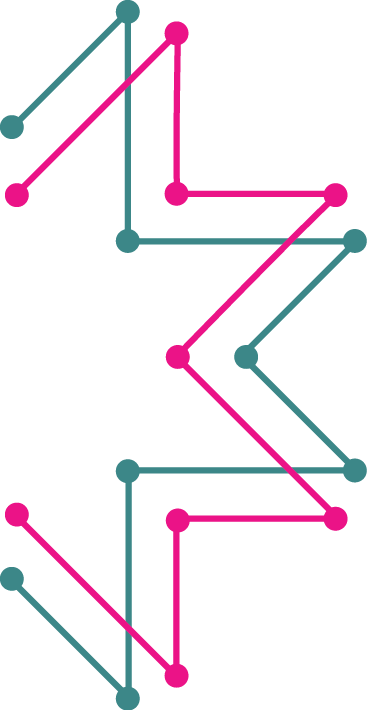Use or remix these tools for your own family STEAM program! Each tool contains all of the information you’ll need to get started today. You may download PDFs below.
Community Building Tools
Designed to help families connect with one another and with you
About Me, About Us

15-20 Minutes
Families introduce themselves in their own words by sharing what they enjoy doing and what they like about themselves and their families. Everyone shares their responses with the larger group as a way to get to know one another and start off the program!
With thanks to MIT Learning Lab’s Family Creative Learning
Storymaking Tools
Storymaking tools are designed to practice storytelling among families

20-25 minutes
To explore the meaning of “place,” families will explore and document the space wherever your program is held. They can take pictures from different perspectives and explore details that may otherwise go unnoticed.
Learning with our Bodies Tools
These tools are designed for movement and playful learning as a group
Human Circuit

10 minutes
Families experiment and explore how electricity travels by acting out the “human circuit.” Everyone holds hands in a circle to embody a complete circuit, including volunteers who play the power source and load.
Program Your Family

15-20 minutes
Families playfully learn about algorithms by programming each other. Coders will decide what action to have their human robot perform and program them. They are paying attention to details and sequencing, while debugging any problems that arise.
Toothbrush Robot

10-15 minutes
Families learn about algorithms by working together to program the human robot to brush their teeth. You will need a partner facilitator or volunteer to act either as the coder or the human robot, someone who is an expert in toothbrushing! What could possibly go wrong?
Behind the Scenes Tools
Facilitator learning and reflection
STEAM Roles & Identities

As a STEAM facilitator, having an awareness of some of the STEAM roles and identities that are possible in your program will help you name them in action. Following your lead, this can lay the foundation for families to make connections between what they are doing in the program and everyday life.

